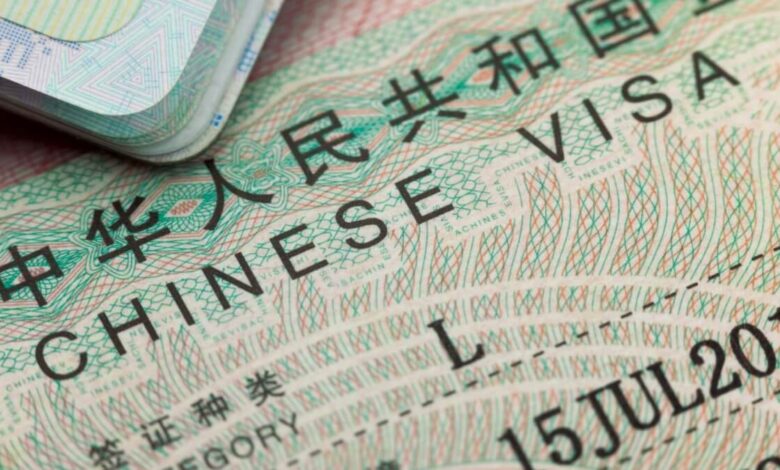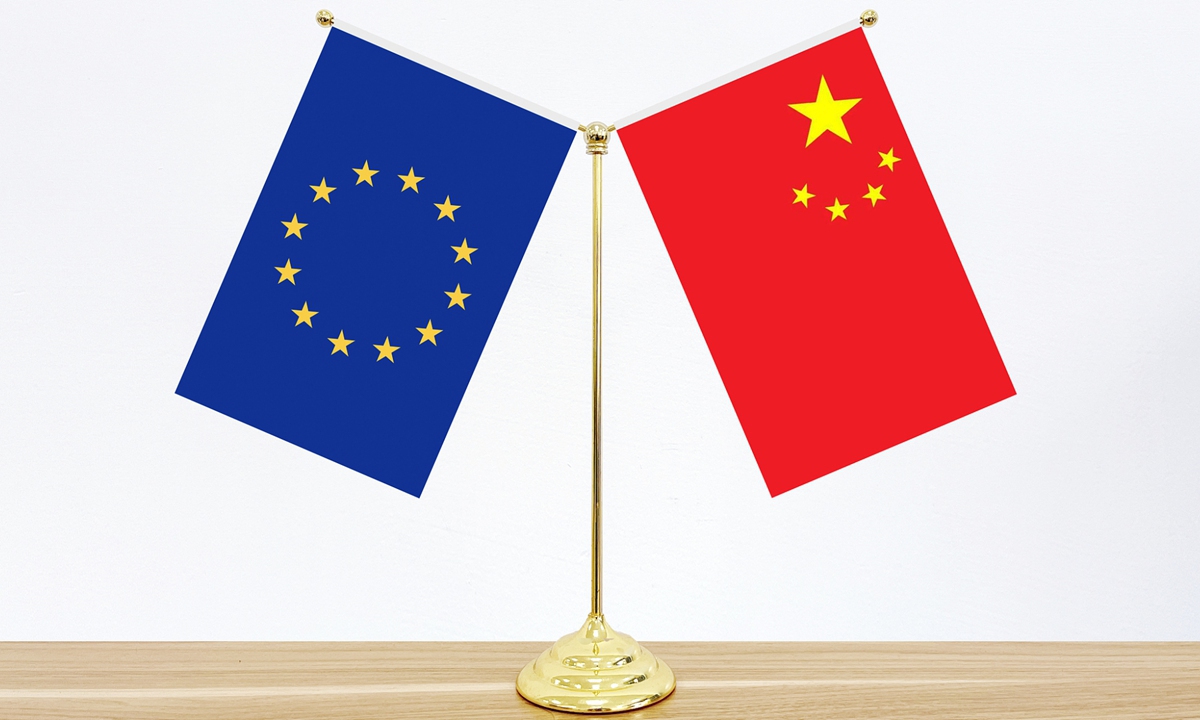China Grants Visa-Free Entry To These 9 Countries Now!
China makes a bold move to increase international tourism by opening more visa-free access.

China has announced it will permit visa-free entry for citizens of nine more countries starting November 8, 2024, in a major policy shift that is expected to give a boost to its tourism industry. According to the new policy, South Korea, Norway, Finland, Slovakia, Denmark, Iceland, Andorra, Monaco, and Liechtenstein can remain upto 15 days without a visa for business, tourism, family visits, or transit purposes.
The effort thus shows that China is committed to achieving its dream of being one of the world’s best international tourist destinations, following some earlier visa-free agreements concluded with major European nations and Malaysia.
It comes at a nice strategic time because it only builds up to the holiday season and all the way up to December 31, 2025. The policy shows that China is serious about streamlining entry procedures and making the whole process a lot easier for tourists as other steps have already been implemented, such as cutting down the waiting time at the inspection lines and entry into local transport by allowing the overseas bank cards to be valid for subway tickets. All these practical developments justify to the needs of international tourists, hence showing an all-around approach to the development of China’s tourism.
 Tourism’s Role in the Economic Transformation of China
Tourism’s Role in the Economic Transformation of China
More than just a recovery strategy for the pandemic, international tourism has been at the centre of China’s focus. The good news is that China indeed showed its dominance on the global exports of goods, with the share spiking at 14% from 4% since 2000. But, services, particularly, tourism, were at only 6%. This imbalance in goods and services presents a challenge and an opportunity related to the diversification and growth of the economy.
This means that there is a huge potential, as analysts have predicted, that by 2033, tourism revenue will reach $500 billion, and in the past ten years since the establishment of the goal, it has equated to $2.8 trillion. International tourists will have to contribute more money to the Chinese economy since their expenditure is projected to increase from $77 billion in 2019 to $431 billion in 2033, and the increase may add up to 4 per cent of China’s GDP in the next ten years.
This is enormous growth for the industry as, today, it accounts for hardly less than 1 per cent of the GDP in China, which exemplifies the scope that has emerged and developed within this sector of China’s economy.
Infrastructure and Policy: A Precursor for Tourism Development
The commitment of China towards the development of its tourism sector is reflected in the overall improvements in its infrastructure. Much has been spent by China on upgrading airports, extending high-speed rail, pollution control, and public safety measures. With these developments and technology upgrades that permit foreign travellers to make digital payments and purchase railway tickets more easily, the destination becomes more accessible and appealing to international visitors.
Promising early signs of success third quarter 2024 alone China welcomed 8.186 million inbound foreign travelers, 48.8% higher than for the same period last year. Of those visitors, about 4.9 million entered through already established visa-free programs that have been successful at attracting international tourists.
Other actions taken by the country include improving tourist experience and efforts to enhance the transit visitor. There are several instances such as; more than 20 Chinese cities have implemented 72-hour or 144-hour visa-free transit scheme, thus adding flexibility towards short-term trips. Arrangements under special group tours that spend 15 to 21 days, visa-free are diversifying China’s products in tourism.
EU-China Relations: Tourism and Trade
 It is at the right time to consider the strategic importance of EU-China relations against the backdrop of significant diplomatic and economic developments. The development follows President Xi Jinping’s meeting with Slovak Prime Minister Robert Fico, who is seated in Beijing. Slovakia may also be included in the visa-free program. Its policy toward Chinese investments in clean energy and its stance on the EU’s tariffs on Chinese electric vehicles can be counted as an indication of the tie-in of tourism policy into the broader objectives, both economic and diplomatic.
It is at the right time to consider the strategic importance of EU-China relations against the backdrop of significant diplomatic and economic developments. The development follows President Xi Jinping’s meeting with Slovak Prime Minister Robert Fico, who is seated in Beijing. Slovakia may also be included in the visa-free program. Its policy toward Chinese investments in clean energy and its stance on the EU’s tariffs on Chinese electric vehicles can be counted as an indication of the tie-in of tourism policy into the broader objectives, both economic and diplomatic.
This visa liberalization is one kind of soft power for China in its relations with the EU, especially with new tensions over trade. The tariffs imposed by the European Commission on the imported electric vehicles coming from China has caused some fray since Slovakia is part of the five nations in the EU protesting these acts of tariffs. Slovak stand then turns out to be a device that illustrates how tourism and visa policies can be diplomatic bridges when disagreement arises regarding trade.
By establishing visa-free relations with the EU, China is opening several windows to engage with the member states. This policy has further eased tourism but increased the business-to-business interactions and cultural exchange along with the people-to-people relation. This multi-dimensional engagement, therefore, maintains healthy relation even in the wake of trade challenges.
Economic Implications and Future Prospects
Great economic growth and the generation of jobs are promised by the expansion of the tourism sector in China. The industry believes that it will generate up to 35 million jobs in the following decade, which is, in other words, 5% of the current employment level. This is also very interesting because tourism is one of the lowest industries that provide employment, with only 0.2% in China, while in the United States, it is 2.7%, and in Japan, 4.7%.
Other indirect effects of international travel to other related sectors, like transportation and accommodation, account for 35% of total tourism income in China up to now. Other sectors that are expected to be involved include airports, airlines, hotels, online travel agencies, travel retail, and internet companies.
With the still-prevailing deflationary trend in the current Chinese economic environment against the world’s inflationary trend, the country will continue to be an attractive destination for international value-seeking travellers. The country’s competitive pricing will also maintain high-quality infrastructure and services, giving the country a greater market share in global tourism. It would expand its market share of tourists around the world to 6% in 2033 from the 2.4% market share it had in 2019, reaching a level not much different from major tourist destinations in the rest of the world, analysts said.
Thus, the success of China’s tourism policy will depend on whether it will continue to hold its doors open to international visitors and expand such openness further while at the same time improving infrastructure and services. Other positive tourist measures and strategic engagement with the nations of the EU have also been supportive of recent visa-free policies, showing that China is very serious about taking its rightful place as a key tourism player worldwide and further building its international ties.
It will no doubt make an important contribution to consumption, rebalance property-market debt, and boost productivity in a whole range of industries in the coming years.




